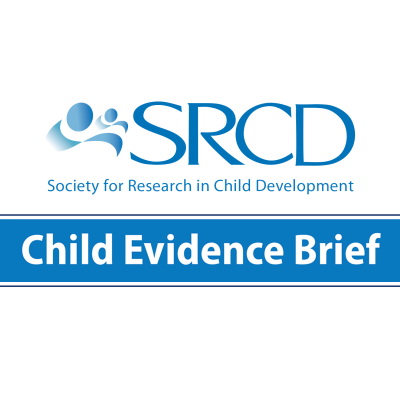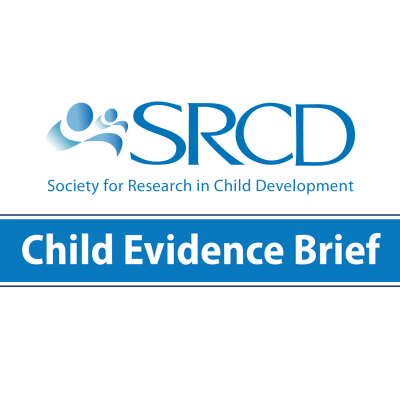The Impact of Terrorism on Children
Social Policy Report Brief, Volume 29, Issue 2
Why Does This Matter?
Terrorism usually targets civilians, and while children are rarely direct targets, they are often among the casualties or witnesses. In addition, children’s awareness of terrorism has grown due to widespread reports and discussion of terrorist events in the media. Both direct and indirect exposure can be traumatic to children. Children are most affected when they experience direct loss or harm and when they have a history of previous trauma or chronic adversity. Research identifies approaches that foster resilience in all children and interventions for those affected most severely.
Many children exposed to terrorism recover with the support of trusted adults, reassurances of safety, and a return to normal routines. Children with severe or prolonged reactions may need professional mental health interventions.
Background
- Terrorism encompasses all actions (whether by nations, states, insurgents, or rebels) that use violence or the threat of violence against noncombatants to create fear and use that fear to manipulate people in the service of political goals.
- State terrorism—terrorism committed by government and quasi-government agencies—accounts for most of the terrorist actions worldwide.
- Many of the 20th and 21st century wars have involved guerilla and other asymmetrical tactics that typically include terrorism, which leads to anti-guerilla and anti-terrorist tactics that often target civilians.
- As a result, about 90% of the casualties in modern wars are civilians, and about half of those are children. More than 2 million children have died and 6 million have been disabled or seriously injured from warfare since the mid-1990s.
- During the same period, more than 20 million children have been displaced in their home countries or become refugees, and more than 300,000 were recruited—forcibly or otherwise—into armed forces engaged in political violence in conflicts worldwide.
- Provisions of the United Nations Convention on the Rights of the Child (ratified by all countries except the United States and South Sudan) speak to the obligations adults have to children in wartime.
What the Research Says
- Children most likely to suffer serious mental health problems from exposure to terrorism—those
- who were harmed by or witnessed an attack,
- lost family or friends, or who were emotionally vulnerable because of pre-existing conditions involving multiple stressors—may need formal therapeutic interventions.
- Other children who experience terrorism are likely to feel emotional disruption but usually respond to efforts to restore normal routines and a sense of safety.
- Therapeutic techniques help children who experience trauma following exposure to terrorism realize that things are returning to normal. Such efforts are most successful when used within a few months of exposure.
- Parents are an important buffer against
- severe reactions in children. When families experience chronic stress from recurrent attacks, interventions that support positive parenting can help improve outcomes for children.
- Adults can foster resilience in schools and communities, as well as at home. For example, training teachers on children’s resiliency can reduce symptoms of posttraumatic stress disorder (PTSD), sleep problems, and anxiety.
- Adults as well as children can be adversely affected by media representations of terror. Children can be particularly affected because they may lack the developmental ability to appropriately understand representations in the media.
This brief summarizes a longer Social Policy Report, "Children and Terrorism," by James Garbarino, Professor of Psychology at Loyola University of Chicago, and Amy Governale, Patrick Henry, and Danielle Nesi, doctoral students in developmental psychology at Loyola University of Chicago.


